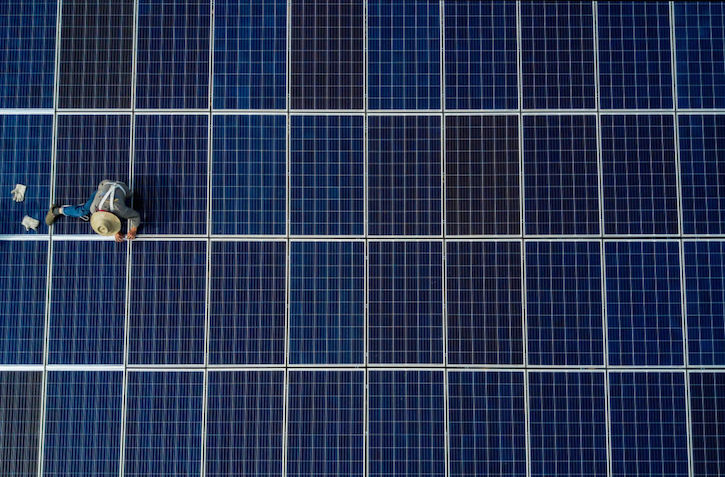
By Deborah Lehr
China’s ambitious plan to develop a nationwide carbon market is moving forward – but with a whimper, not a bang. The launch, now expected in late November, will cover just a small fraction of the existing carbon market, and for all intents and purposes, will be an exchange in name only. That said, the fact that China is sticking with its timetable to launch what will eventually become the world’s largest carbon market is a positive step. It is in all of our interests to see the world’s largest carbon emitter take action, however small, to address this pressing problem.
The establishment of the exchange will likely only cover the power sector, as it has been difficult to collect adequate data to develop the trading allocations for additional sectors. There is a small chance that two additional sectors, aluminum and cement, might also be included, but it is not likely.
Initially, only companies with annual comprehensive energy consumption over 10,000 tce will be allowed to trade on the nationwide market. In the power sector, this translates into about 1,700 companies who will be allowed to trade. However, by comparison, if all eight industries, as originally discussed, were allowed to trade, there would be almost 8,000 companies.
Yet using the word “trading” on the market might be an exaggeration. Currently, there is no overall legislation governing carbon trading – and there will not be until mid-next year at the earliest. In addition, there will be no futures trading to start. Even with the experiences of the seven pilot exchanges, which have been in operation for the past four years, a fully functioning exchange with an active spot and futures market is in the distant future.
To quote one of the exchange heads, they operate more as “managers of trades” than overseeing a genuine spot market.
China does currently have plans to establish an experiment in trading carbon futures, and the China Securities Regulatory Commission is tasked with developing the plans. One of the pilot exchanges – which has yet to be announced – will be given the responsibility to test out the futures trading.
Yet despite these challenges, China is pushing ahead with the establishment of the carbon market, and has long-term plans for its growth and expansion. The new exchange, which is likely to be located in the new region of XiongAn, will start operating this year. And while organizations like the Paulson Institute are working closely with policymakers and private sector companies to help iron out the kinks, the Chinese government already has plans for “exporting green.”
Earlier in September, China released the “Environmental Risk Management Initiative for China’s Overseas Investment,” which outlines plans for China’s plans to include green finance, along with the development of regional carbon markets outside of China, as part of its broader ambitions of greening the Belt & Road.
China plans to work with countries in Central and Southeast Asia, the Middle East and Africa to support their development of carbon markets. In order to achieve economies of scale, China will allow these exchanges to trade on the national carbon market, which will give them greater access to capital and provide more opportunities for investors to trade a broader range of products.
The initial launch of the national carbon market might disappoint some, but it will also satisfy some skeptics. In the long term, it is a positive trend that China is not only taking this step at a time when pricing carbon is no longer even up for debate in the United States, but also thinking about the future development of the market. In addition, “green” may become one of China’s most significant exports. This small, but significant step of the carbon market trading system is – as the old Chinese saying goes – the first step on the stone necessary to cross the river.


